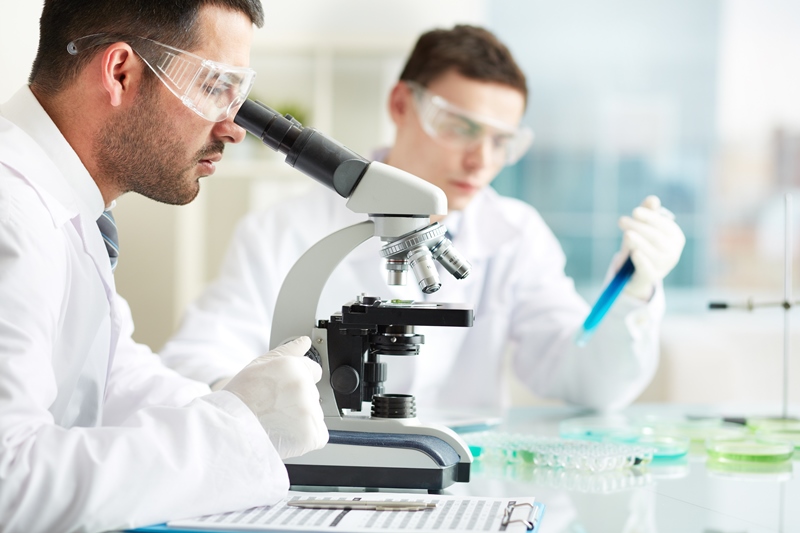Researchers at the UC Davis MIND Institute are launching a $4 million program to find transformative therapies for ADNP syndrome. The rare genetic condition causes developmental delays and can affect the brain, heart, gastrointestinal system and more.
The ambitious three-year project is funded through a unique partnership between the ADNP Kids Research Foundation and international textile company Simba Global.
The research will involve the MIND Institute’s interventional genetics team, which includes internationally recognized experts in mouse models for therapeutic development and in gene therapy, including the use of the gene editing tool CRISPR.
“This is a groundbreaking interdisciplinary project. We are grateful to the ADNP Kids Research Foundation and Simba Global for investing in this research that we hope will have a meaningful impact on the lives of individuals with ADNP syndrome,” said MIND Institute Director Leonard Abbeduto.
“There’s great synergy in the fact that this is being funded by families, just as the MIND Institute was founded by families with the same goal: improving life for children.”
ADNP syndrome is a complex neurodevelopmental condition caused by a mutation or change in the ADNP (Activity Dependent Neuroprotective Protein) gene, which affects brain development, connectivity and function. The syndrome, first identified in 2014, affects males and females in equal numbers.
Its core features include delays in development and growth, intellectual disability and autism or autistic characteristics. It is one of the top single-gene causes of autism.
The impacts of ADNP syndrome can be profound and may include delayed speech, low muscle tone and sensory processing challenges. The brain, heart and musculoskeletal system are often affected. ADNP syndrome is also associated with distinctive facial features, including a prominent forehead, eyes that are farther apart and droopy eyelids.
ADNP syndrome is estimated to affect 1 in 20,000 people in the U.S. and Europe. The incidence is likely higher due to children who’ve gone undiagnosed.
Sandra Bedrosian Sermone, founder, ADNP Kids Research Foundation, said: “It has been my goal since I started the foundation to find treatments for all individuals with ADNP syndrome as fast as possible, and this collaborative project is a big step forward, one we could never had made without the generosity of the Somaia family, to whom we are so grateful.”
The program will include two major phases. First, the team will use stem cell technology to create a human ADNP model in Petri dishes. They’ll also characterize mice with ADNP mutations. That will involve looking at cognitive abilities, sleep changes, gait abnormalities and more. Finally, the team will do a deep molecular characterization of the cells in the mice.
“That information will be useful to anyone who wants to study ADNP,” Kyle Fink, assistant professor in the Department of Neurology, the UC Davis Stem Cell Program and the Gene Therapy Center, said. “We’ll be able to say, ‘in the mice at this age, there’s this big effect, so if you have a drug, you can test it in this mouse at this age using these tasks.’”
The second phase, the one that “everyone gets the most excited about,” noted Fink, is evaluating therapies for ADNP. To fast-track progress, the team will work simultaneously on three different therapies.
“We think of it as shots on goal,” Fink said. “Time is of the essence with these conditions.”
They’ll be evaluating a traditional gene therapy delivered using a virus – one that’s been used in clinical trials and approved by the FDA for spinal-muscular atrophy. The team will also assess an ASO (antisense oligonucleotide) that modulates gene expression by binding to mRNA. The third is being developed using the gene-editing tool CRISPR.
“When we use a form of deactivated CRISPR, we tell the cell how to regulate specific genes,” Fink explained.
The therapeutics get tested in mice, then in the cells, but rather than sequentially, they’ll be characterizing the mice and cells on parallel tracks. That will enable them to move much more quickly.
“We want to ensure we’re putting the resources into therapeutics that we really think will make a significant impact in more than just one domain of these kids’ lives. I think these three approaches really give us a great chance to find something that can move forward in a meaningful way,” Fink said.


